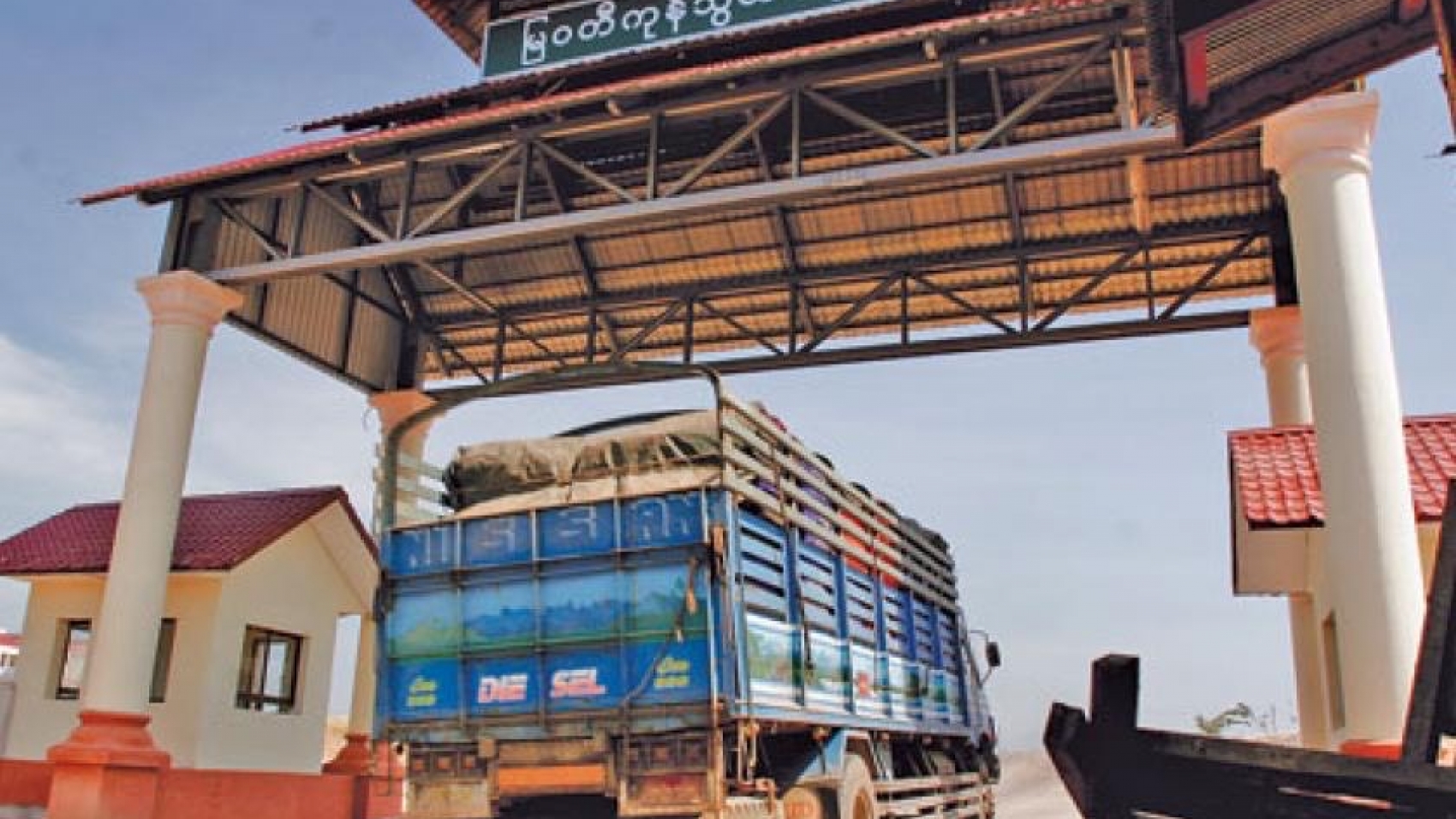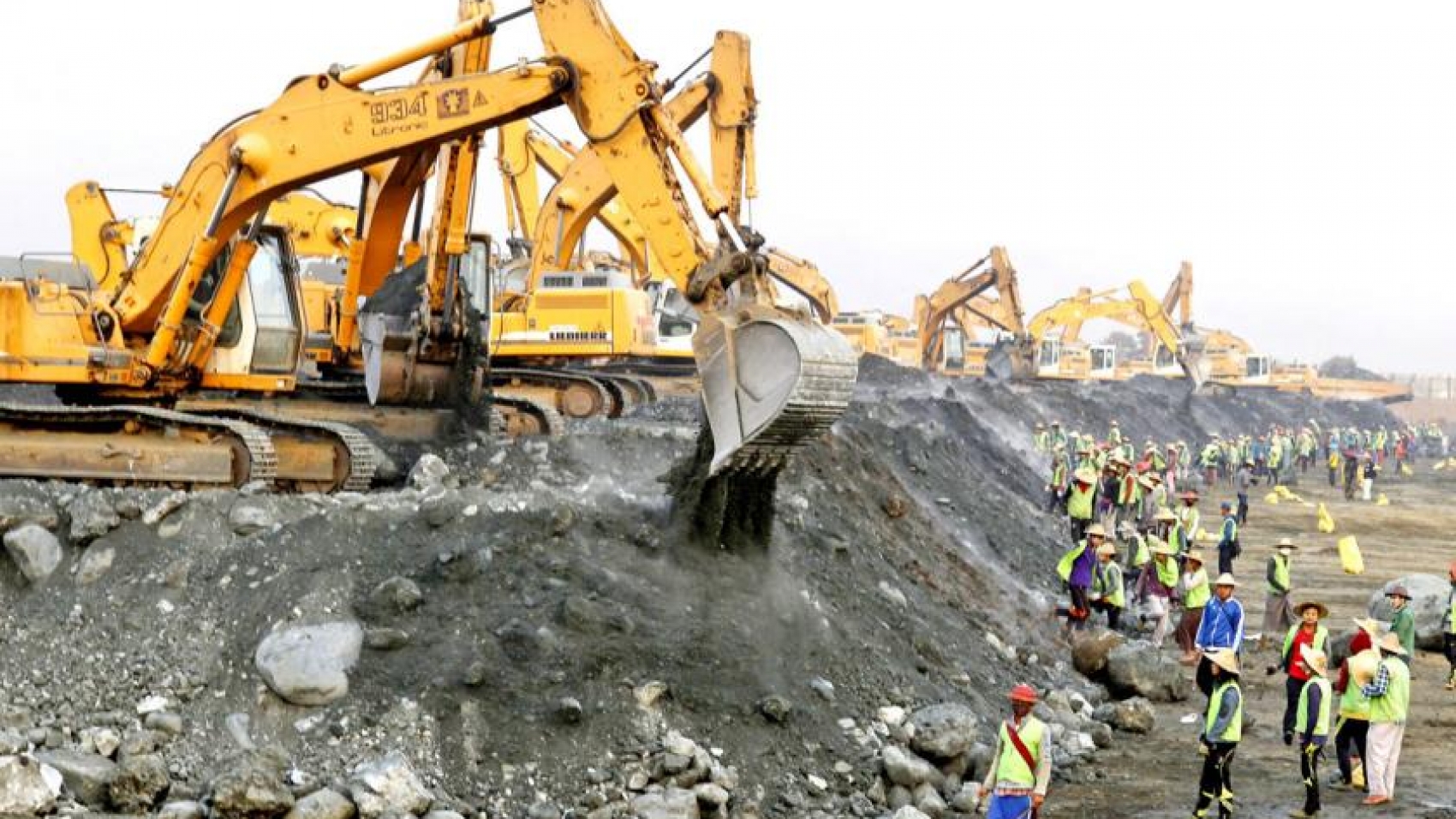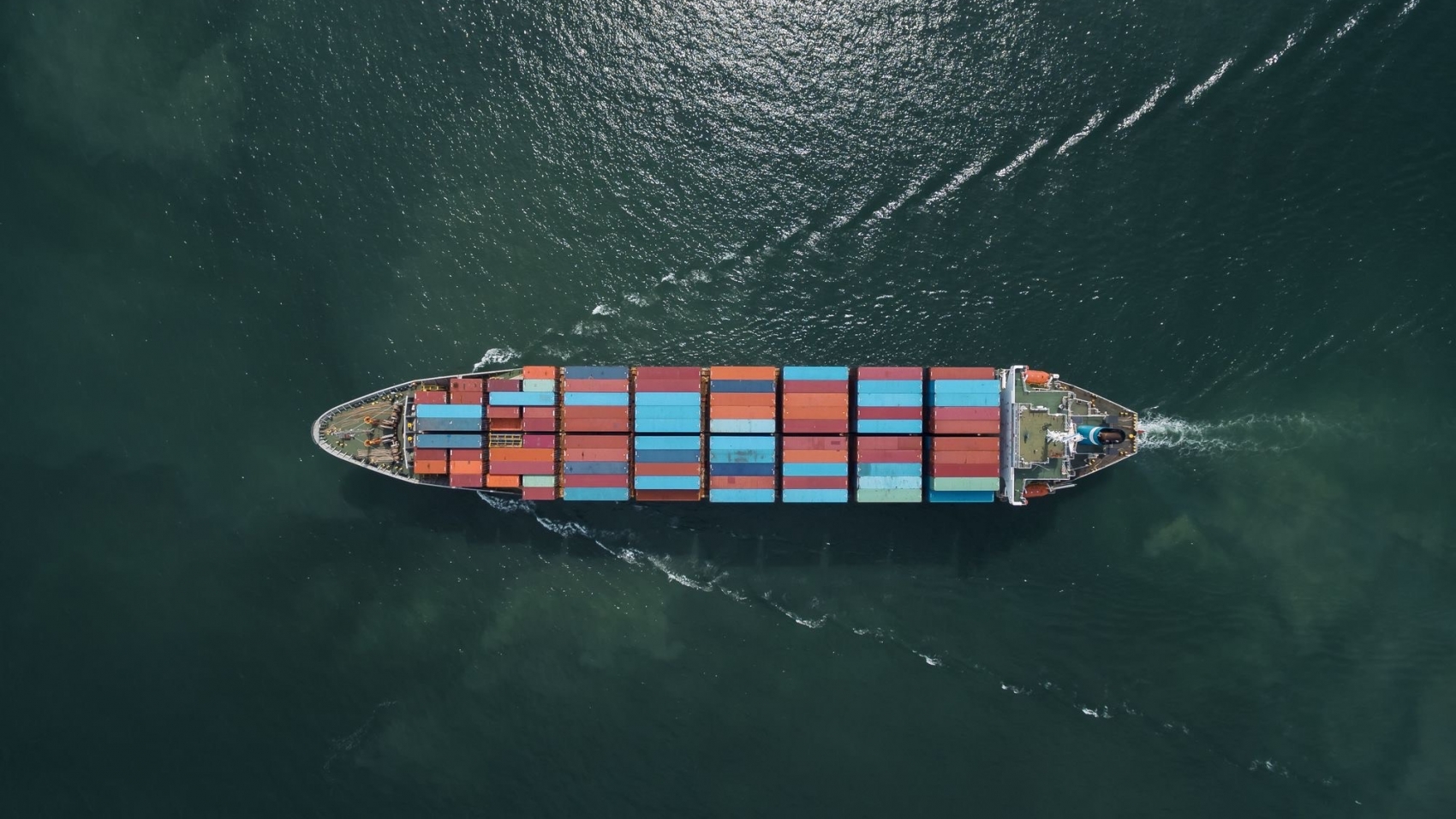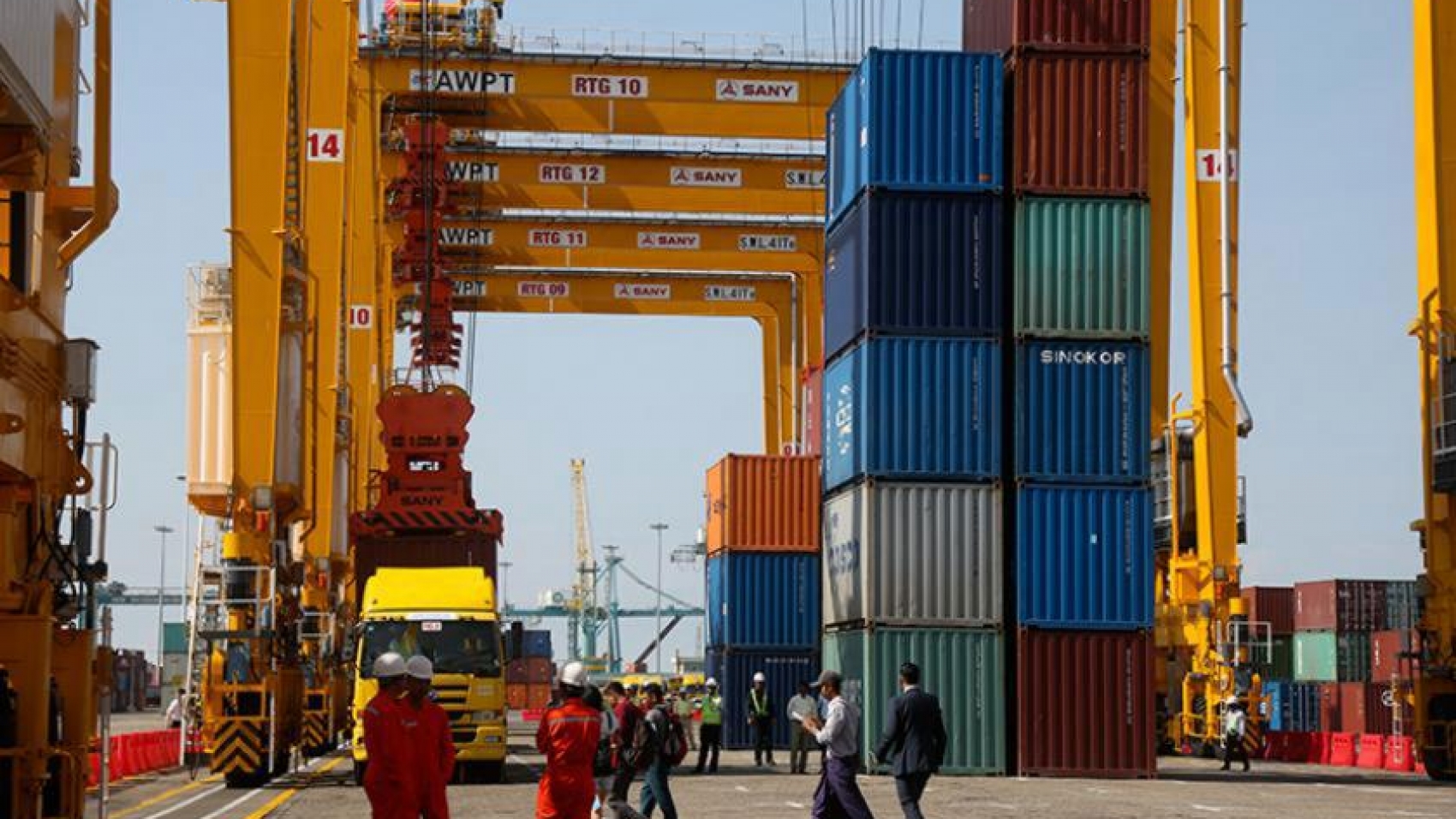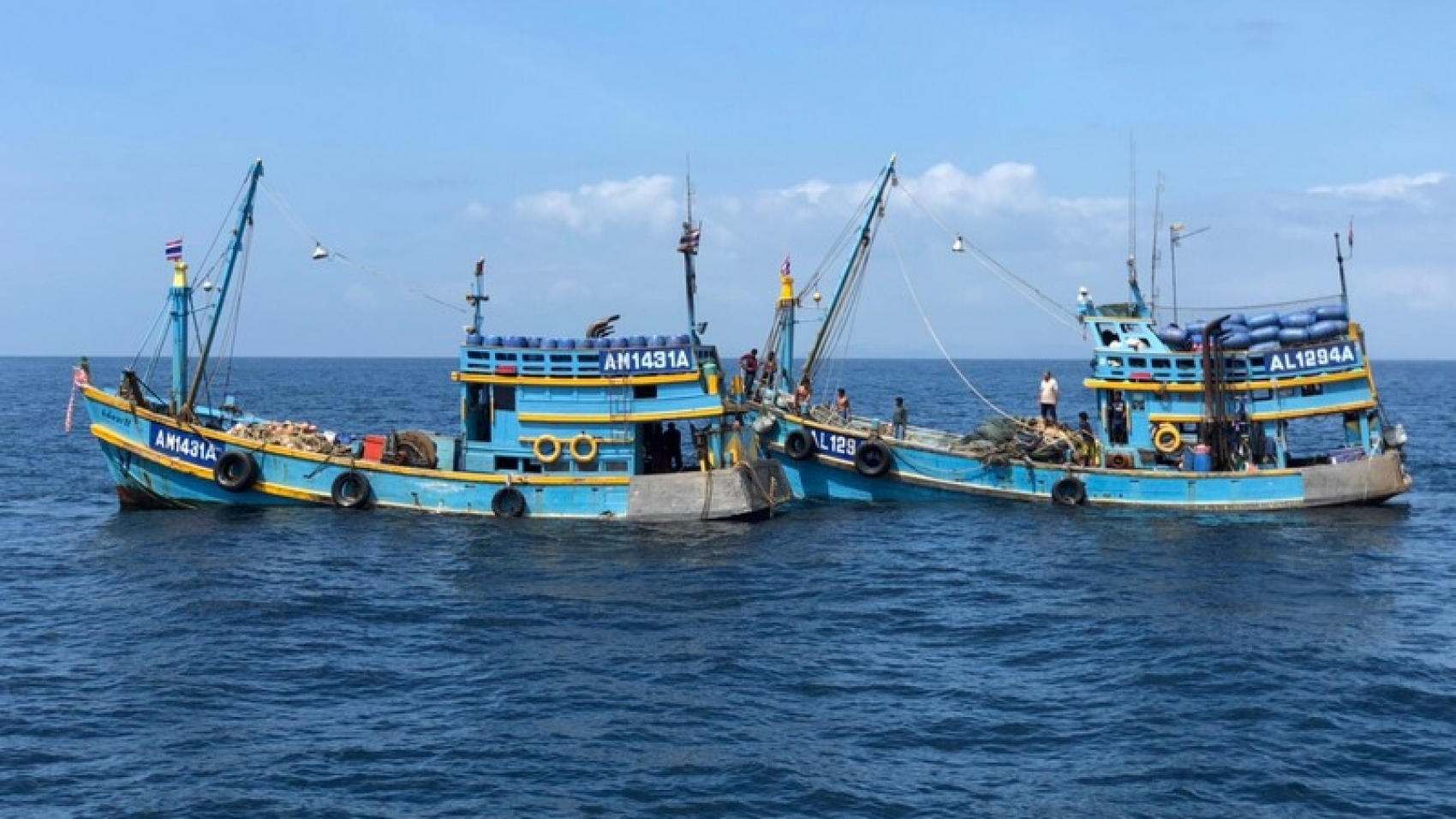The Ministry of Power and Energy has released a list of successful companies for the power plants under the Department of Sustainable Energy and Hydropower for the fiscal year 2020-2021. The list of company that have won the tender has been announced by the Ministry of Electricity and Energy Tender No.47 & 48 / EPGE / 2020-2021 from MOGE website for power plants under the Department of Sustainable Energy and Hydropower for the fiscal year 2020-21. Meeting No. of Tender Scrutiny Committee (17 / 2020-2021) and Tender No.49 & 56 / EPGE / 2020-2021 Meeting of Tender Scrutiny Committee No. (24 / 2020-2021). Among the successful bidders for power plants under the Department of Sustainable Energy and Hydropower, Yadanar Theingi Co., Ltd, Min Wai Thit International Co., Ltd, Pacific High Technology International Co., Ltd, Zayar Regal Aurum Co., Ltd, SOFU Co., Ltd, Arkarthit Enterprise Co., Ltd, Win Sabei Co. , Ltd and Constructive Engineers Co., Ltd are included.
In the 2019-2020 fiscal year, 3,225 megawatts of hydropower will be generated from energy sources. 2773 MW from natural gas; 40 megawatts of solar power; LNG has generated 900 megawatts and coal from 120 megawatts for a total of 7058 megawatts, according to the Ministry of Power and Energy. In 2015-2016 fiscal year, 3181 MW from hydropower in; 1752 MW from natural gas; Coal generates 120 megawatts for a total of 5,053 megawatts. 63% from hydropower; 35% from natural gas and 2% from coal are generated. In the 2018-2019 fiscal year, 11,227.82 million kilowatt-hours will be generated from hydropower generation. 9366.56 million kilowatt hours from natural gas; 2,169.70 million kilowatt hours from steam; Diesel produces 104.73 million kilowatt-hours, according to the Central Statistics Office, citing the Ministry of Power and Energy.
In the 2018-2019 fiscal year, 11,227.82 million kilowatt-hours will be generated from hydropower generation. 9366.56 million kilowatt hours from natural gas; 2,169.70 million kilowatt hours from steam; diesel produces 104.73 million kilowatt-hours, according to the Central Statistics Office, citing the Ministry of Power and Energy. In the 2017-2018 financial year, 12,265.03 million kilowatt hours from hydropower; 7,459.22 million kilowatt-hours from natural gas; 1,080.60 million kilowatt hours from steam; diesel generates 77.55 million kilowatt hours. In the 2016-2017 financial year, 12,265.03 million kilowatt hours from hydropower; 7,459.22 million kilowatt-hours from natural gas; 1,080.60 million kilowatt hours from steam; diesel generates 77.55 million kilowatt hours. The annual power generation capacity of the Ministry of Electricity and Energy was 15965 million units in the 2015-2016 fiscal year. 17867 million units in the 2016-2017 financial year.
In the fiscal year 2017-2018, million units 200555; In the 2018-2019 financial year, 22879 million units; In the 2019-2020 fiscal year, production increased to 27,300 million units, according to a statement from the Central Statistics Office, citing the Ministry of Power and Energy. According to the officials from the Ministry of Power and Energy, four projects are underway including Upper Kengtung Hydropower Project, 51 MW for Myanmar’s electricity needs; 280 MW Upper Yeywa Hydropower Project; 152 MW Central Paunglaung Hydropower Project and 111 MW Thu Htay hydropower project. The Upper Kyaing Kaung Hydropower Project (51 MW) is being built in 2021-2022 and the Upper Yeywa Hydropower Project will generate 280 MW in 2022-2023 to meet the growing demand for electricity. A 152-megawatt central Paunglaung hydropower plant is under construction in 2024-2025 and the 111-megawatt Thu Htay hydropower project is expected to be completed in 2025-2026.
Source: Daily Eleven

